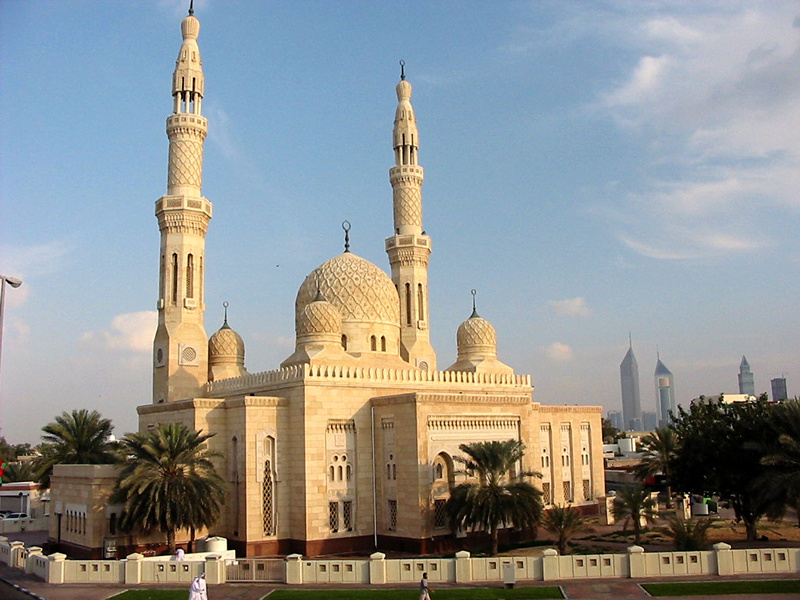
Posted on 09/01/2010 9:31:43 AM PDT by SeekAndFind
A city does not die when its last resident moves away. Death happens when municipalities lose the industries and vital populations that made them important cities.
The economy has evolved so much since the middle of the 20th Century that many cities that were among the largest and most vibrant in America have collapsed. Some have lost more than half of their residents. Others have lost the businesses that made them important centers of finance, manufacturing, and commerce.
Most of America’s Ten Dead Cities were once major manufacturing hubs and others were important ports or financial services centers. The downfall of one city, New Orleans, began in the 1970s, but was accelerated by Hurricane Katrina.
Notably, the rise of inexpensive manufacturing in Japan destroyed the ability of the industrial cities on this list to effectively compete in the global marketplace. Foreign business activity and US government policy were two of the three major blows that caused the downfall of these cities. The third was the labor movement and its demands for higher compensation which ballooned the costs of manufacturing in many of these cities as well.
24/7 Wall St. looked at a number of sources in order to select the list. One was the US Census Bureau’s list of largest cities by population by decade from 1950 to 2000 with estimates for 2007. Detroit, for example, had 1.9 million people in 1950 and was the fifth largest city in the nation. By 2000, the figure was 951,000. The city was not even on the top ten list in 2007.
(Excerpt) Read more at businessinsider.com ...
Forever is a very long time.
The article provides a slide show and explanations as to why these cities are dead forever.
But here is the list for those interested (if you want a detailed explanation, please click on the site ):
1. BUFFALO,NY
2. FLINT, MICHIGAN
3. DETROIT, MICHIGAN
4. CLEVELAND, OHIO
5. HARTFORD, CT
6. NEW ORLEANS, LA
7. ALBANY, NY
8. ATLANTIC CITY, NJ
9. ALLENTOWN, PA
10. GALVESTON, TX

Albany won’t die until the state government moves out.
Now...how many of these have now, and have had for quite a while, Liberal/Democrat leadership and governing bodies?
We didn’t need industry. Free Traitors explained that to us.
This is no bog deal. I say board up another 100 cities, no make it a thousand.
We can’t compete. We can’t make good products. We don’t need a tax base.
Service sector jobs is where it’s at. $12 dollars an hour is the new $20 per hour. Excellent...
Dude. Upgrade your account.
Who the hell built up the Japanese after WW11
They were either destroyed by being a Democrat utopia or union town IMO.
Three cities in New York.
What does Chuckie Schumer have to say about that?
Thanks. The only city I wouldn’t have guess is Buffalo, NY.
Besides the cities in Michigan & Ohio, the one that kept hitting my mind like a neon sign is Allentown. Or any of the big steel cities, really. And there are a lot of those, with other names.
We’ll have to be adding auto support industry cities to that list any time now.....
“We can’t compete. We can’t make good products.”
Apparently, you subscribe to those beliefs. Sad, really.
In 5 to 10 years at most you will be able to add Dallas to the list.
The surrounding cities are all Republican controlled and doing fine. The City of Dallas is now controlled by Democrats who are taxing and spending all of the businesses out to the surrounding cities.
Public schools have largely stopped producing students capable of producing PRODUCTS!
Very little math, science, shop, business, physics, chemistry, etc.
Too much sociology, psychology, victimology, pseudo-environmentalism (pretending to fix things that aren’t broke).
You might know what a port is--it's a place where goods move from one place to another--as in trade.
Dallas is rapidly turning into a toilet. The Texas GOP is infested with open-border RINO’s like Florida’s GOP.
It's no mere coincidence that so many of these cities are in the old "Rust Belt" region and located along the Great Lakes or other waterways that served as trade routes in the past. Many of these cities grew as industrial hubs because of their locations on these routes and/or their proximity to key resources used in steel-based manufacturing (iron ore and coal in particular).
Albany, NY is a perfect case in point. That city grew because it was situated near the confluence of the Hudson and Mohawk Rivers, and served as a canal-based "crossroads" of the Erie and Champlain Canals. That city lost this advantage once railroads supplanted the canals and rivers as the primary mode of freight transportation in the region (a long-running process that continues to this day).
Other cities on that list lost their "advantage of place" when plastics began to supplant steel in many manufactured products. Look at all the auto plants that have been built in the Southeast over the last two decades. They can thrive there not only because of lower labor costs, but because the auto manufacturing industry doesn't require close proximity to steel producers anymore.
In some parts of the city of Detroit, you can actually buy a house for less than the price of a Toyota Camry.
Mayor Dave Bing (former NBA star) has a plan to raze certain parts of the city and convert them to just greenery.
Disclaimer: Opinions posted on Free Republic are those of the individual posters and do not necessarily represent the opinion of Free Republic or its management. All materials posted herein are protected by copyright law and the exemption for fair use of copyrighted works.